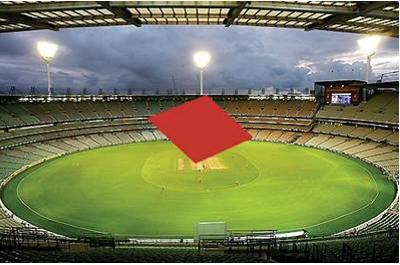 This is another puzzle from the Maths Masters team, Burkard Polster (aka Mathologer) and Marty Ross as part of their “Summer Quizzes” offerings.
This is another puzzle from the Maths Masters team, Burkard Polster (aka Mathologer) and Marty Ross as part of their “Summer Quizzes” offerings.
“A mysterious square has materialized in the middle of the MCG, hovering in mid-air. The heights above the ground of three of its corners are 13, 21 and 34 metres. The fourth corner is higher still. How high?”
See the Floating Square Puzzle for solutions.
(Update 8/13/2023) Alternative Solution Continue reading

 Another
Another  This is a problem from the 1987 American Invitational Mathematics Exam (AIME).
This is a problem from the 1987 American Invitational Mathematics Exam (AIME).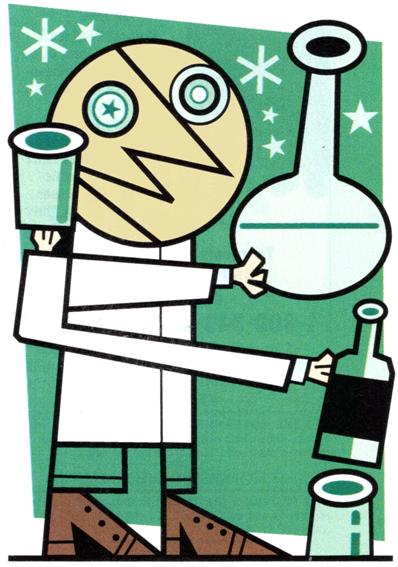 This is the second part of the problem from Raymond Smullyan in the “Brain Bogglers” section of the 1996 Discover magazine.
This is the second part of the problem from Raymond Smullyan in the “Brain Bogglers” section of the 1996 Discover magazine. This is a relatively simple problem from the inventive Raymond Smullyan in the “Brain Bogglers” section of the 1996 Discover magazine.
This is a relatively simple problem from the inventive Raymond Smullyan in the “Brain Bogglers” section of the 1996 Discover magazine. This is a nice variation on a racing problem by Geoffrey Mott-Smith from 1954.
This is a nice variation on a racing problem by Geoffrey Mott-Smith from 1954. The June 2023
The June 2023 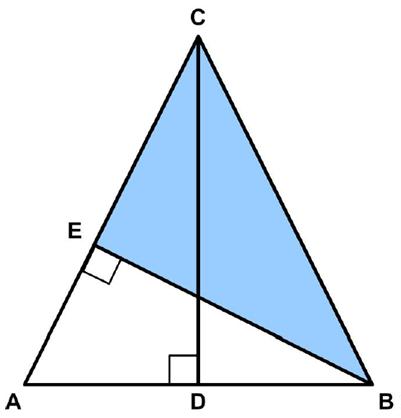 The Futility Closet website had the following
The Futility Closet website had the following 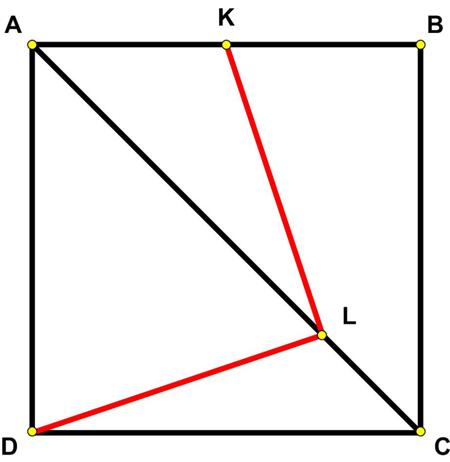 Here is another problem from the “Challenges” section of the Quantum magazine.
Here is another problem from the “Challenges” section of the Quantum magazine.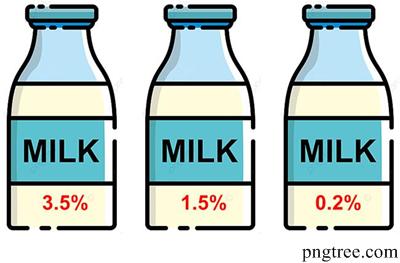 This is a classic example of a mixture problem from Dan Griller that recalls my agonies of beginning algebra.
This is a classic example of a mixture problem from Dan Griller that recalls my agonies of beginning algebra.